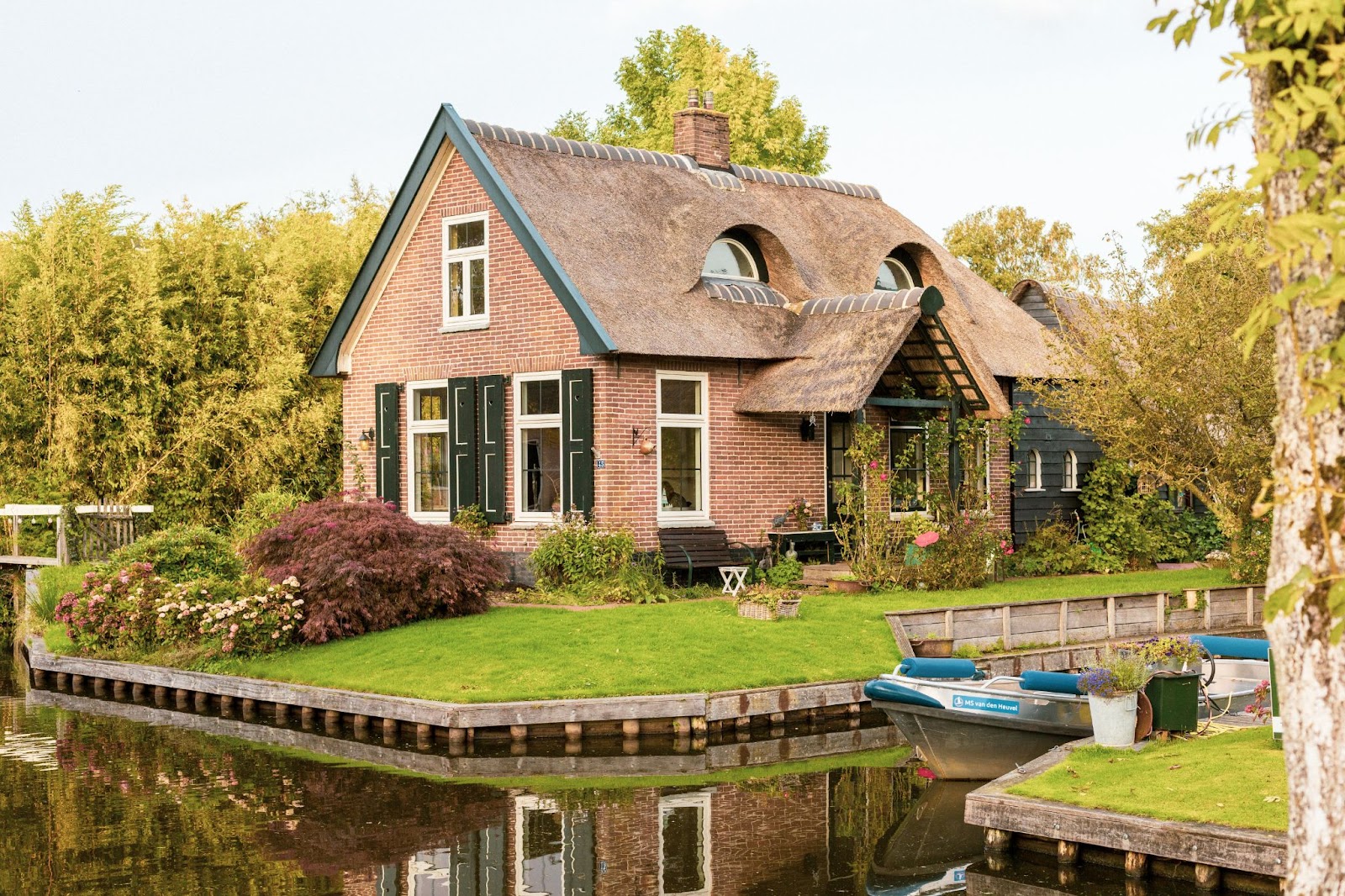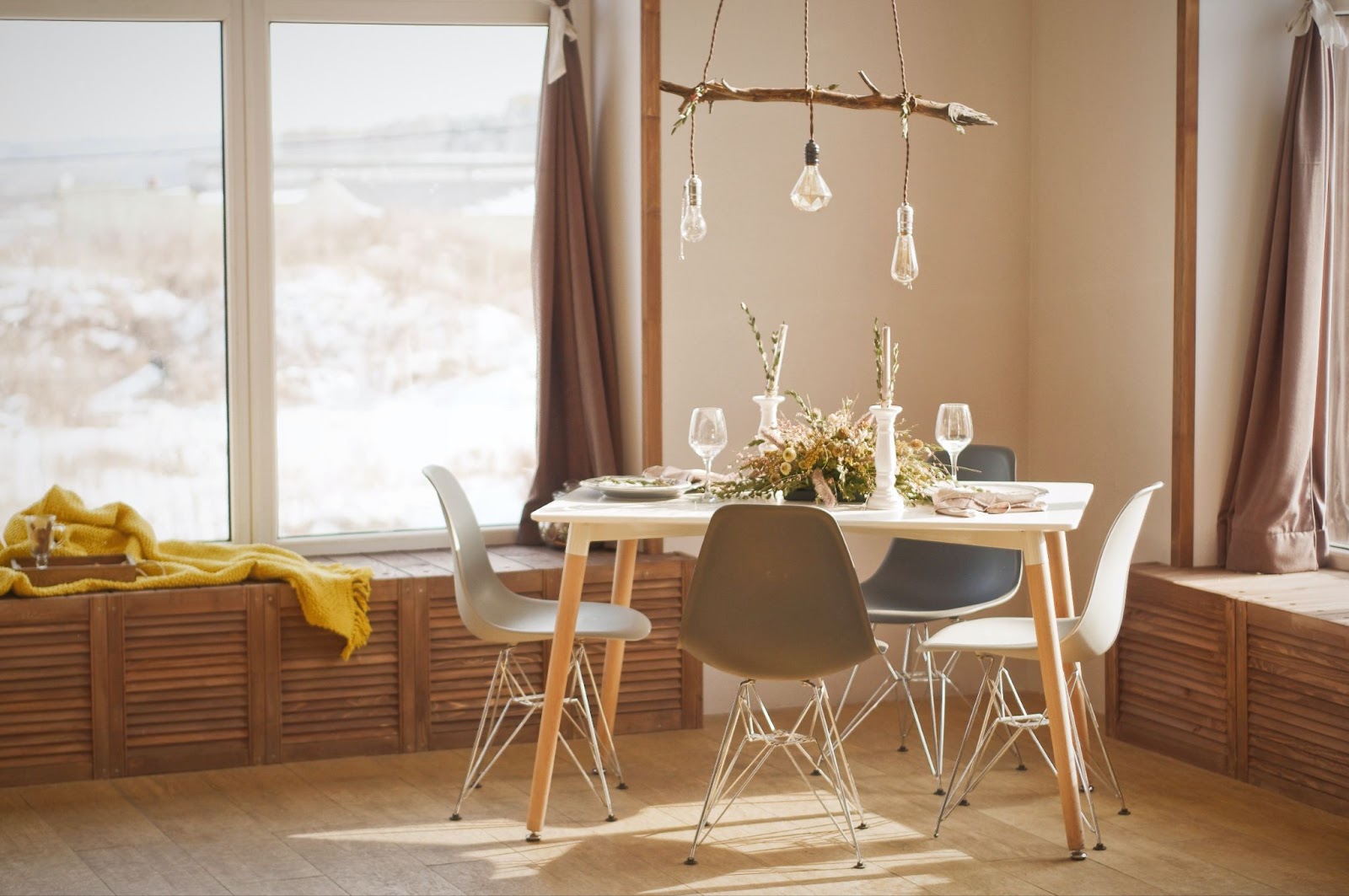25 October 2023, 10:46
Imagine a beautiful sunny day, a gentle breeze rustling through the leaves and the scent of fresh air filling your lungs. Now, imagine that same feeling inside your home every day. That's the essence of what we're about to explore - creating indoor spaces where you can breathe as freely as you do outdoors.

When it comes to indoor air quality, HVAC, and mechanical systems, it's easy to feel a bit confused sometimes, right? Well, you're not alone. But fear not, because I've uncovered a simple analogy that can help us grasp the essence of indoor air quality and why it's vital for sustainable homes.
The Car Analogy
Think of the recirculation air button in your car like this: when you use it for an extended period, it recycles the air inside the car cabin. This means the air becomes low on oxygen and high in carbon dioxide (CO2) and moisture that others in the car have exhaled. Over time, this recycled air can make you feel groggy and less alert.
Now, let's look at indoor spaces without proper ventilation. When your home or any indoor area lacks proper ventilation, it's a bit like leaving the recirculation button on in your car, but on a much larger scale. Without a way to bring in fresh outside air, the indoor air can also become low in oxygen and high in CO2, and it may accumulate excess moisture from activities like cooking and showering.
Indoor Air Quality Differences
Not all indoor air quality is created equal. You see, just as the quality of air outdoors can vary from place to place, the air inside our homes can vary dramatically, depending on what type of system you're on.
The key factor that influences indoor air quality is our ventilation system. Think of it as the lungs of your home. A well-designed ventilation system can be the difference between breathing in fresh, invigorating air and inhaling pollutants that can harm your health.

The Impact of Indoor Air Quality WITHOUT Outside Air
-
Paint fumes and cleaning odors can lead to headaches and sickness.
-
Dust mites and pet dander can worsen allergies and asthma.
-
Radon gas poses a hidden long-term risk, increasing the chance of lung cancer.
-
Long-term exposure to high CO2 levels can negatively impact your mental clarity, mood, and physical comfort.
Systems that Bring in Outside Air
These air systems continuously bring in clean outside air and make sure the indoor air stays fresh and healthy. They're great for indoor air quality and energy efficiency.
Think of these systems as air cleaners. They not only provide fresh outside air but also make sure you don't lose all the comfy indoor air when it's hot or cold outside. They help keep your home cozy and your air clean.
Economizers use the cool outdoor air to keep your home nice and comfy without using too much energy. It's a win-win for your comfort and the environment.
They make sure the air in your home is just right—neither too hot nor too cold. Plus, they bring in fresh air to keep your space healthy.
Systems that Don't Bring in Outside Air
These systems do a great job of keeping you warm, but they might not be so good at bringing in fresh air. They mostly recirculate the same indoor air, which can make it feel stuffy and less healthy.
Though they’re like coolers for your home, they don't pay much attention to bringing in fresh air. They can also recirculate indoor air, which might not be the best for your well-being.
These systems can efficiently heat and cool but may not focus on fresh air. Without a special mechanism, they often keep recycling the same indoor air.
Importance of Filtered Ventilation Systems
Now, think about a different scenario—a home with an effective filtered ventilation system that brings in fresh outside air regularly. In this case, the indoor air quality is not always improved unless filtered. These ventilation systems not only keep indoor air clean but also act as a shield, protecting you from outdoor pollutants like smog and pollen, making your home a safe and healthy place to be.
Preparing for Winter: Upgrading Ventilation Systems
As winter approaches, it's crucial to recognize that maintaining healthy indoor air quality in your sustainable home becomes even more important. With windows and doors closed tightly to keep the cold out, the air inside can become stagnant, potentially trapping indoor pollutants.

So, here's what you can do to make sure your indoor air stays fresh and clean during the winter:
-
Check Your HVAC System: HVAC stands for heating, ventilation, and air conditioning. Sustainable homes often have these special ventilation systems, so understanding how your home's HVAC system works is the key to having good indoor air quality.
-
Upgrade Your Ventilation: Consider upgrading your ventilation system. Some systems can bring in fresh outside air, like dedicated outside air systems (DOAS) and air-to-air heat exchangers (HRVs/ERVs). These systems not only keep the air fresh but also help manage the temperature and humidity inside your home. This is good for both your health and your energy bills.
A Last Resort: Opening Windows
Improving indoor air quality doesn't always require complex systems or costly upgrades. Sometimes, the simplest solutions are the most effective. One easy way to boost indoor air quality is by occasionally opening your windows.
Natural ventilation is a powerful tool in creating a healthier living environment. When you open your windows, you're allowing the fresh, invigorating air from outside to circulate through your home. This natural exchange not only flushes out indoor pollutants but also brings in the revitalizing qualities of outdoor air. It's like a breath of fresh air for your living space, and it doesn't cost a thing.

A Healthier Home
Understanding the importance of indoor air quality in sustainable homes is the first step towards creating a healthier living space. Improving indoor air quality doesn't always require complex solutions. Sometimes, it's as simple as knowing what system you need or even just opening a window.
For more tips on creating a sustainable and healthy living environment, follow me on Instagram and Pinterest. I share valuable insights and inspiration to help you transform your home into a haven of eco-consciousness, health, and sustainability. Don't miss out on our monthly Building Resilience newsletter, where we delve deeper into the world of sustainable living and provide you with practical guidance.
By taking proactive steps and staying connected with us, you can make your sustainable home a sanctuary where well-being and environmental responsibility go hand in hand.
Back to news
